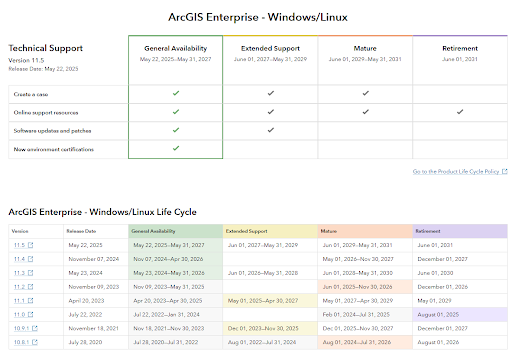Missing Addresses
- Feb 28, 2023
- 4 min read
Time is critical in the Emergency Response profession. The accuracy of data allows speed and clear communication. For this reason, the North American Emergency Number Association (NENA) has established GIS standards for Address Point data. We will discuss how address points data comes to look as it does via different placement methodologies. Then we’ll look at previously glossed-over subaddressing fields defined by NENA, and how populated subaddress fields can assist responders.
Placement Methodologies for Address Points
Placement methodology refers to the processes involved in creating a geographic data point at a specific location for an address. There are several methodologies each with advantages and disadvantages:
Parcel*: This methodology calculates the address point from parcel polygons – helpful when an address point corresponds to a specific property. Poor method for placing multiple addresses on the same
Geocoding (utilizing Road Centerline data)*: This methodology calculates the placement of an address point based on road data – helpful when the address point is not associated with a specific building or entrance. Poor method for location accuracy.
Property Access: This methodology identifies the driveway or entrance used to access the property. This is helpful when an address point is not associated with a building, or for long drive-ways. Poor for structure location accuracy.
Structure: This methodology uses the building as the location for the address point. This is useful when an address point corresponds to a specific building. Poor for multi-structure sites.
Site: This methodology places the address point equidistant to multiple buildings. This is helpful when the address point is associated with a location that does not correspond to a specific building. Poor for structure differentiation.
Entrance: This methodology identifies the entrance to a building as the location for the address point. This is useful when an address point is associated with a specific entrance. Poor for complexes/multi-entrance structures
* Automated Methodology
Subaddressing Fields
NENA also defines several subaddressing fields, including Building, Floor, Unit, Room, and Seat. Subaddressing fields are specific location details that can help first responders quickly locate individuals in need.
Building: This field describes the physical structure that contains the address point. This could be a building number or name.
Floor: The Floor field describes the level of a building where the address point is located. This field is especially important in multi-story buildings.
Unit: The Unit field describes a specific dwelling or commercial space within a building. This field can include apartment numbers, suite numbers, office numbers, etc.
Room: The Room field describes a particular room or area within a unit.
Seat: The Seat field describes the specific location of a seat or chair in a large venue such as a stadium or arena.
These fields increase in granularity, and should not be populated universally in a dataset. Often the level of detail associated with subaddress information is not needed for routing a call, but it becomes very helpful for identifying the location of responders at specific locations. NENA acknowledges that developing an accurate Address Point dataset is time and resource-intensive work. Therefore, identifying which locations best fit the purpose of these subaddressing fields benefits all stakeholders. Let’s discuss the properties of these location types next.

Multipoint Place Types
Multipoint place types refer to locations that could benefit from subaddressing field population. These locations can include but are not limited to… multi-unit buildings, airports, hospitals, hotels, parks, shopping malls, schools, and universities.
Locations like those listed can use subaddress fields to help first responders identify the exact location of the emergency. For example, in a multi-unit building, the unit number can help first responders find the exact location of the emergency within the building. Similarly, in a university, the room number can help first responders locate the emergency within a specific building.


Efficient Placement of Multiple Address Points
The most accurate Address Point datasets are constructed with multiple placement methodologies to maximize overall point accuracy and minimize the inaccuracies of each method. Identifying multi-point locations for subaddressing population will increase address accuracy efficiently. However, with an eye to the 3-D future of GIS data and Emergency Response, NENA notes: “placing multiple address points with subaddress information on multistory structures (especially those with a single main entrance) may not be an efficient strategy. A single point with no subaddress information may work better in some applications. In a three-dimensional environment, placing individual points to represent subaddresses at elevation may be more valuable and needed.” That said, work of populating subaddress field data for multistory buildings should not be delayed as that information can be transformed into 3-D.
Conclusion
Having an understanding of how an address point dataset came to be can be useful in knowing how to improve the data. Learning the benefits of subaddressing fields can help identify the specific locations within a jurisdiction most in need of additional address information to best use time and resources. By following NENA's GIS standards for address points, emergency response services can ensure that they are equipped with accurate and up-to-date location information to assist individuals in need efficiently and effectively. Ultimately, the implementation of these standards can help save lives and make emergency response services more effective in serving their communities. Cloudpoint’s Public Safety GIS experts are eager to help you understand and improve your data.


